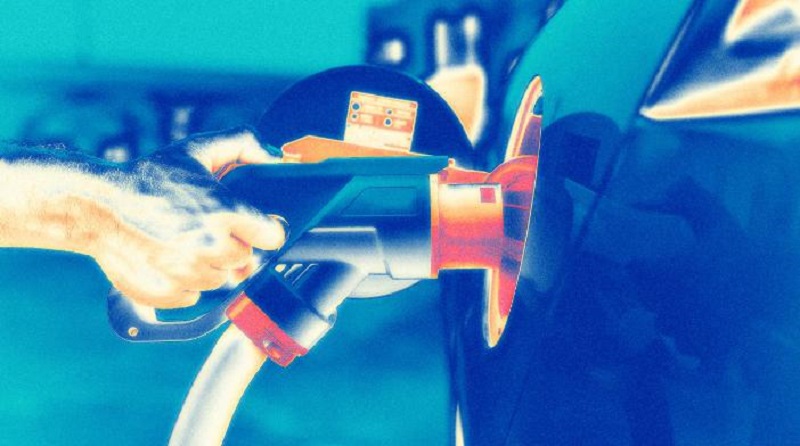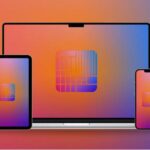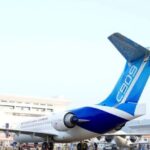Scientists at Cornell University in the United States have developed a new lithium battery that can be recharged in five minutes, faster than other similar batteries on the market, and after thousands of charge/discharge cycles can still maintain stable performance, which is expected to alleviate the “mileage anxiety” of electric vehicle drivers. The paper was published in the latest issue of the journal Joule.
Lithium-ion batteries are one of the most popular ways to power electric vehicles and smartphones. Li-ion batteries are lightweight, reliable, and relatively energy efficient, but they often take hours to recharge and lack the ability to handle large power surges. In their latest research, scientists have identified a unique indium anode material that effectively pairs with the cathode material inside lithium-ion batteries. Based on this, they have created a battery that can quickly finish charging and slowly discharge in five minutes.
The researchers explained that to design the latest battery, they focused on the kinetics of the electrochemical reaction and identified indium as a promising material for fast charging. Indium is a soft metal used primarily in the manufacture of indium tin oxide coatings for touchscreen displays and solar panels and is also used as a replacement for lead in low-temperature solders.

The new study shows that indium has two key properties as a battery anode: an extremely low migration energy barrier, which allows ions to diffuse quickly in the solid state; and a reduced exchange current density with ions in the anode, which slows down surface reactions – a combination of properties that is critical for fast charging and long term storage of electrical energy.
The key to this innovation is to allow the metal ions at the anode of the battery to move freely and find the correct configuration before participating in the charge storage reaction. In this way, the electrodes are in a steady state during each charging cycle, allowing the new battery to remain stable over thousands of charging and discharging cycles.
The researchers say that this technology, combined with wireless inductive charging roads, promises to shrink the size and cost of batteries, making electric transport a more viable option for drivers. But indium is heavy, and they hope to use artificial intelligence tools to uncover better battery anodes.













Leave a comment